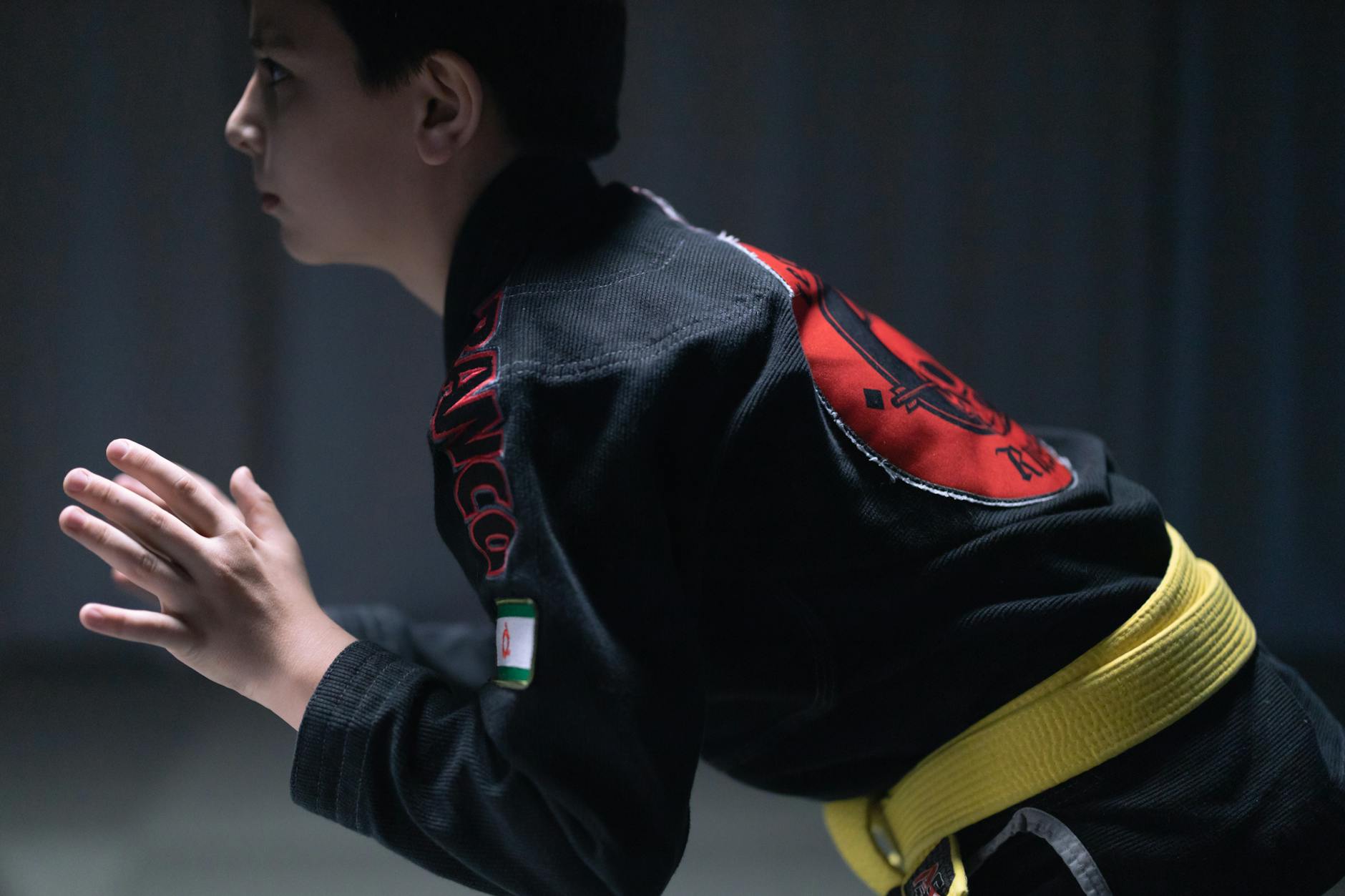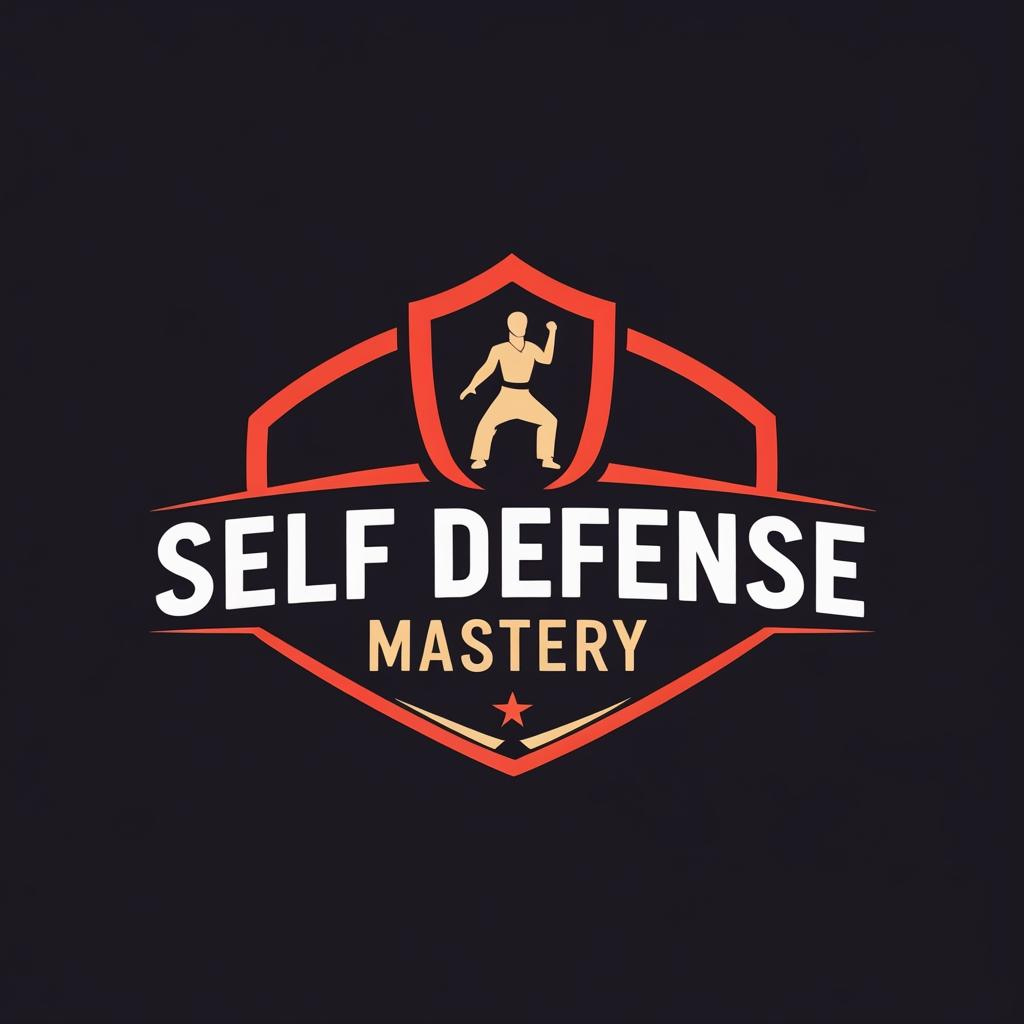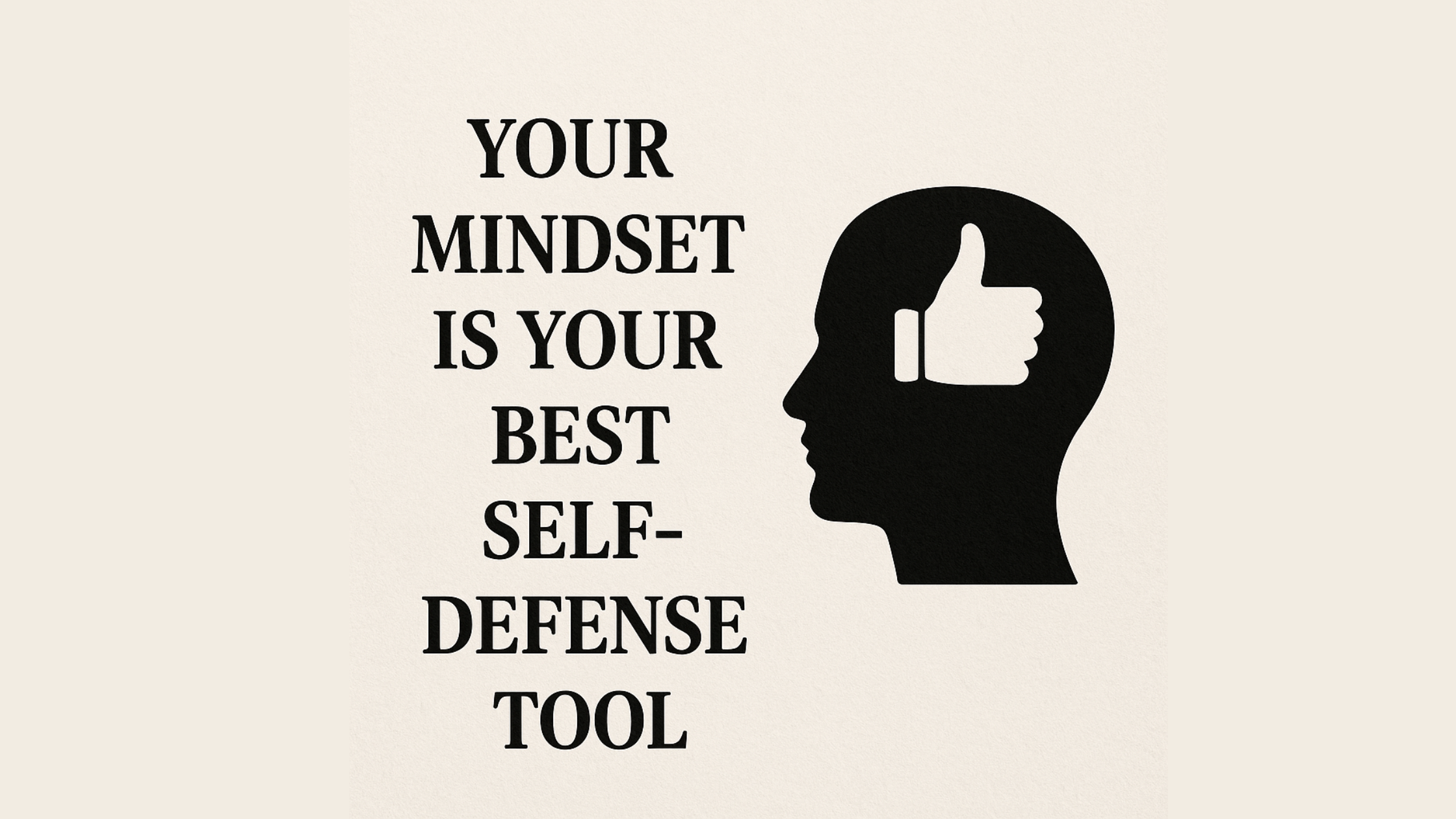Family Self-Defense: The Key to Protecting Your Loved Ones
Family self-defense means more than knowing how to throw a punch. It’s about creating a safe environment, understanding real threats, and building the skills needed to protect the people who matter most. Whether you live in a quiet suburb or a busy city, danger can strike without warning. The stark truth is that law enforcement and security systems often arrive too late. Preparation is the key to closing the gap between threat and safety.
Every family deserves the peace of mind that comes from being prepared. Self-defense is not just for athletes or martial arts stars. With the right approach, anyone, children, parents, and even grandparents, can learn life-saving skills. The purpose of family self-defense isn’t to instill paranoia, but to give you confidence, clear thinking, and practical tools when it matters most.
Core Principles of Effective Family Self-Defense
The Science Behind Instinctive Protection

Photo by cottonbro studio
Humans are wired for survival. When faced with danger, your body reacts before you even think. The “fight or flight” response kicks in, pushing adrenaline through your veins and sharpening your senses. These reactions are ancient and powerful.
Practical self-defense taps into these natural responses. Techniques rooted in instinct, like moving away from a threat or protecting your head, work best. Over-complicating things can freeze you in a crisis. The best moves are those you can use when scared, surprised, or even half-asleep.
Why Simplicity Saves Lives
Most people think self-defense is about fancy moves or years of training. In reality, simple actions are more effective. Complex martial arts routines often break down in real situations. When chaos hits, your mind can’t sort through a hundred techniques.
What works? Small, high-impact moves that don’t need strength, speed, or perfect timing. These are moves you can practice while watching TV or going about your daily life. Even young children and seniors can learn them. By focusing on a handful of proven actions, you avoid confusion and act faster when seconds matter.
Identifying Vulnerable Spots and Fast Takedowns
Knowing where to strike is crucial. The human body has weak points that, when targeted, can be exploited to stop an attacker quickly. Areas such as the eyes, throat, groin, and knees are rarely defended and are extremely sensitive.
A gentle push or twist to the right spot can bring down someone much bigger. You don’t need to be strong or athletic. The best self-defense systems target these areas, enabling anyone, regardless of age, size, or fitness level, to defend themselves if needed.
Building a Practical Family Defense Plan
A good family defense plan doesn’t just focus on one person. It turns the whole household into a safety team. This means having a plan, practicing together, and knowing what to do if something goes wrong.
Establishing Safety Habits
Start with everyday routines that build safety:
- Always lock doors and windows, even during the day.
- Teach everyone to scan their surroundings before getting out of the car or entering the home.
- Make it a habit to keep your phone charged and within easy reach.
- Establish a family “safe word” for use in emergencies.
Consistency builds confidence. When safety becomes second nature, the whole family stays more aware and ready.
Training for Real-Life Scenarios
Practice makes perfect—even with self-defense. Families can rehearse simple drills for possible threats:
- Home invasion: Practice moving to a safe room and calling for help.
- Street encounter: Teach kids to shout, run, and seek help from adults in public.
- Nighttime emergencies: Rehearse what to do if woken by a strange noise.
Focus on using natural reactions, like blocking your face or moving away from danger. Make the training short and simple, so it doesn’t overwhelm anyone. Regular practice builds muscle memory, allowing the right actions to come naturally without conscious thought.
For more practical tips and scenario-based training ideas, explore the expert insights at Home Defense Strategies.
Leveraging Expert and Legal Knowledge
Learning the law is just as important as learning the moves. Every family member should know the basics of when and how they can defend themselves or others. Understanding legal boundaries keeps you safe from both harm and legal trouble.
To dive deeper into the rules that apply when defending loved ones, read the guide on Defending Others. These insights help you act wisely if you ever need to intervene in a dangerous situation.
Conclusion
Family self-defense is about more than just fighting—it’s about confidence, simplicity, and being ready. You don’t need to memorize hundreds of martial arts moves or train for hours each week. With basic knowledge, a family plan, and a focus on high-impact actions, anyone can keep their loved ones safer.
The most effective defenses are simple and rely on instinct. Make these ideas a part of your daily routine. Continue learning, stay informed, and utilize trusted resources like Self Defense Mastery to develop your skill set further. Your family’s safety is worth every effort.
Ready to Secure Your Family’s Safety?
Take the first step toward peace of mind. Discover proven self-defense training for every family member.
Get Started Now





![What To Say And Not Say To Police After A Self-Defense Incident [2025 Guide] What to Say and Not Say to Police After a Self-Defense Incident](https://selfdefensemastery.com/wp-content/uploads/2025/04/police-scene-dusk-crime-tape-guide.jpg)
